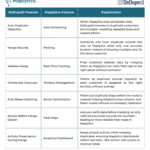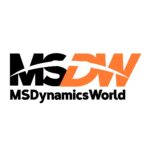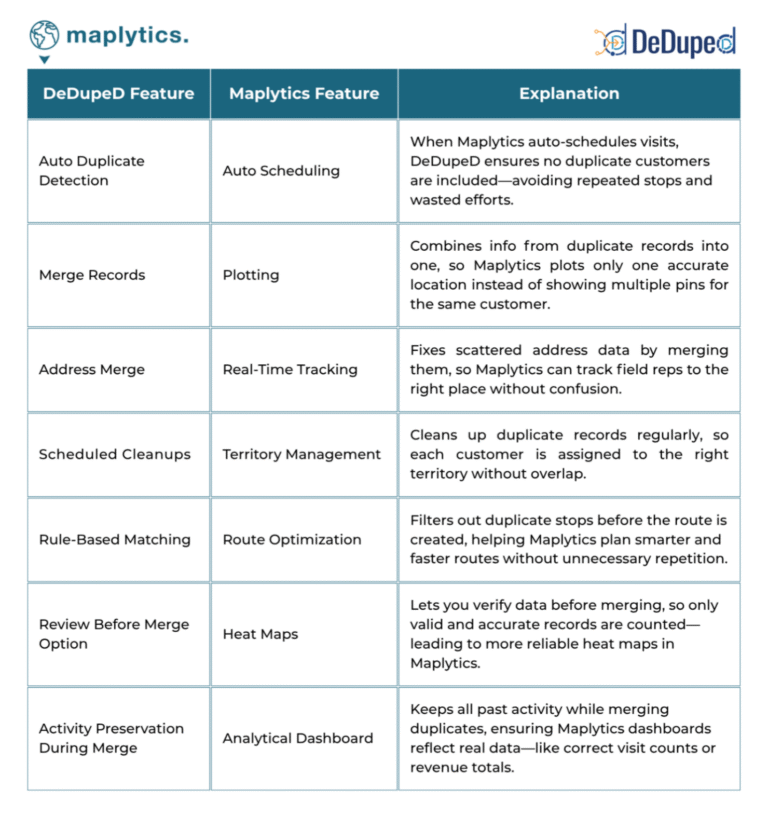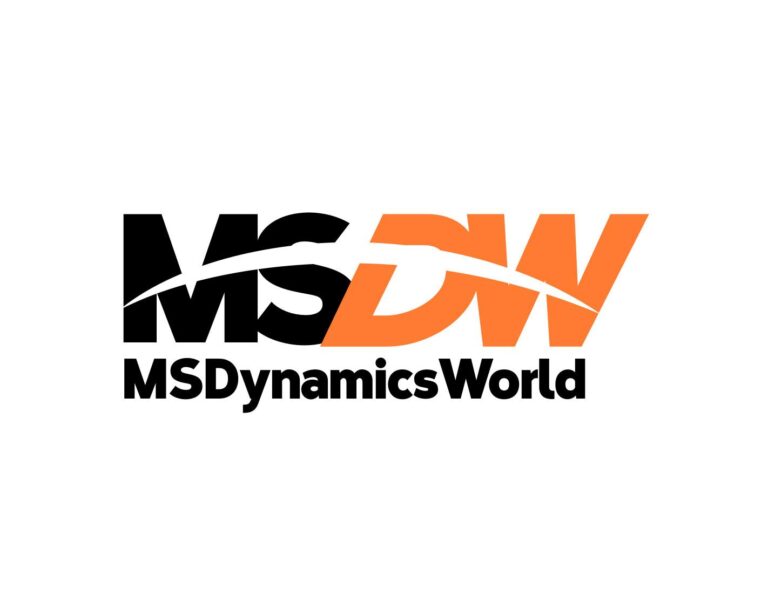If you hadn’t heard, Slack is a collaboration platform that serves as a digital HQ for teams to communicate, integrate tools, and streamline workflows. It breaks down communication barriers within and outside the organization through workspaces, channels and Slack Connect.
Slack’s features unlock the future of work which opens the doors to flexibility and productivity. The platform automates repetitive tasks through integrations, apps and workflows. Large and small businesses, government organizations, and non-profits globally rely on Slack to simplify and enhance productivity in a digital-first world. So, if you’re looking to enhance your team’s collaboration and streamline work, Slack may be the solution for you!
Is Slack Right For Your Team?
As you may know, companies in 2023 are utilizing a plethora of tools and apps for their operations and communication, including but not limited to email, instant messaging, video conferencing, project management software, team-based software, file sharing platforms, e-signature platforms and others. If you’re looking for a single platform to integrate all of these tools and processes to simplify and enhance your existing tech stack, Slack is the answer.
Slack is your universal remote. It allows you to connect to everything and automate business processes not only within Slack, but integrated across all of your applications. It’s a place where work flows between your people, systems, partners and customers – all in one place! A single pane of glass. A single engagement layer. In a digital-first world, Slack makes work simpler, more pleasant and more productive. And there is data to back that up*:
- 24% faster to reach full employee productivity
- 35% faster
- 36% faster case resolution
- 36% fewer meetings
- 60% fewer emails
- 69% of users depend on Slack to get work done
- 71% would be unhappy if Slack were taken away
- 85% say Slack has improved communication
- 86% feel their ability to work remotely has improved
- 88% feel more connected to their teams
- 338% return on investment
*All metrics from Slack.com
Slack Features
Sounds amazing right? But how does it provide all of that? Let’s review some of the core features of Slack that makes it possible.
Channels and Workspaces

These are the organizational building blocks that are at the core of Slack. Channels bring order and clarity to work – you can create them for every team, project, or topic. When there’s a channel for everything, you can focus on the conversations and work that matters most to you. While smaller companies typically utilize a single workspace that houses all channels, larger global teams utilize Enterprise Grid which allows for multiple workspaces, with channels in and across each, to provide additional organization.
By bringing all team communication and collaboration into one place, Slack can help teams work together more efficiently which leads to increased productivity – up to 35% faster. Plus, Slack is designed to be fun, intuitive and user-friendly, and many users find it to be more enjoyable and satisfying to use than other collaboration tools. This leads to higher levels of adoption and engagement among team members, and encourages more productive, open and creative collaboration. What other platform can say 71% of people would be unhappy if Slack were taken away?
Messaging, Clips, & Huddles

Slack offers a range of communication options, including messaging, group conversations, public and private channels, Clips (video recordings), and Huddles (live video), all with customizable notification settings, which help teams stay connected and informed. This leads to improved communication and collaboration within the team (85% say Slack has improved communication), and helps eliminate the need for multiple tools and systems.
Plus,these features can be used on a variety of devices and platforms, including desktop, mobile, and web, which makes it easy for teams to stay connected and productive, no matter where they are or what device they are using. This makes it ideal for fully remote, asynchronous, and/or global teams needing a digital HQ. In fact, 86% feel their ability to work remotely has improved after adopting Slack.
Apps, Integrations, APIs, & Workflow Builder

Slack’s App Directory and integrations with other tools help streamline workflows, resulting in 36% faster case resolution and less time spent switching between systems. Additionally, Slack’s suite of search and organization tools, including Saved items, Pins, Bookmarks, and the upcoming Canvas feature in 2023, can improve teams’ ability to quickly access the information they need all within Slack. The S.L.A.C.K. acronym serves as a reminder that Slack aims to be a single location for all content and knowledge.
Furthermore, Slack’s robust API allows users to create their own custom bots and apps. The company is also developing a next-generation platform to further simplify the process of creating customized solutions for your business. Plus, with the no-code Workflow Builder, anyone can automate full processes within Slack all through declarative configuration.
Slack Connect

Slack Connect is a feature of the Slack platform that allows organizations to communicate and collaborate with external partners, vendors, and customers. It enables businesses to bring all their communication into one platform, rather than having conversations and information spread across different email accounts and systems. With Slack Connect, you can create shared channels that allow multiple organizations to communicate in real-time, share files and collaborate in a centralized location.
Slack Connect provides additional security features for shared channels, such as the ability to approve and whitelist external organizations that you collaborate with. Additionally, the feature allows you to control the visibility of your company’s name and channels to external collaborators. The ability to easily communicate and collaborate with external partners in real-time can lead to more efficient workflows and faster decision-making, resulting in faster business cycles and better outcomes.
Security

Lastly, but certainly not least, for all of my information security colleagues out there, Slack places a strong emphasis on security and is dedicated to safeguarding the privacy of your data. You have complete ownership and control over the content contained in your Slack workspace, including messages, files, and any other content submitted through the platform.
Slack provides top-notch data protection and security measures, particularly for those requiring strict compliance with regulations such as HIPAA, GDPR, FINRA and others. Slack’s security approach centers on security governance, risk management, and compliance, which includes various security measures such as encryption at rest and in transit, network security, and server hardening, administrative access control, system monitoring, logging and alerting, as well as other security protocols.
How Do You Implement Slack?

Alright, so you are bought in! But how do you implement it? In the past, the majority of those who implemented Slack at companies were technical teams such in engineering, product, and IT. That said, you do not need a technical background to set up Slack for your team as they provide an abundance of resources, including skills badges and certifications, to aid even novice users in becoming effective administrators. However, depending on your company’s needs, processes, plan (Free, Pro, Business Plus, or Enterprise Grid), applications, integrations and other considerations, it may be beneficial to bring in someone with more experience to assist in the implementation or help with custom development or consulting.
Option 1: Self-Service DIY
- Setting up a Slack workspace and inviting members is a straightforward process that anyone can do, starting with the free version and upgrading to a paid version as necessary. However, this can sometimes spiral into disorganization and chaos, resulting in low adoption rates and widespread confusion when not done properly. The absence of a well-defined Slack vision and poor administration increases the likelihood of questions about return on investment and can ultimately lead to the failure of the Slack implementation – or what some call a “Wild West” Slack workspace.
Option 2: Slack Professional Services & Customer Success
- While this option is attractive (who doesn’t want to work directly with the experts at Slack!), it is also one of the most cost-prohibitive options. It is likely only feasible for larger, global enterprise teams to launch custom designed and built Slack Enterprise Grid solutions and integrations, specifically for industries such as government, financial services, healthcare, and other businesses with sensitive information or larger global implementations and teams.
Option 3: Slack Partners & Consultants
- Similar to the Salesforce Partner ecosystem, the Slack Partner network provides customers with an alternative to doing it themselves or working directly with Slack for their implementation. These Slack Certified partners offer more cost-effective options for customers seeking assistance with their launch or relaunch. They come in various sizes, industries, and offer different solutions and pricing, providing customers with a wide range of choices to fit their specific needs and goals. Some I’m sure you are familiar with, as they have been doing Salesforce consulting for some time (like Accenture, Deloitte, Silverline, Slalom), while others are newer to the ecosystem and focused solely on Slack consulting (like us at 21b).
Slack Implementation Process

The process outlined below follows Slack’s defined consulting delivery process and can really be applied to both (1) net-new implementations, and (2) relaunches of existing Slack orgs and workspaces across all Slack plans. Note, Enterprise Grid plans are much more work than any other plan as they allow for multiple workspaces and additional settings and features that do not exist on other plans – so please keep that in mind. You may notice that this process shares similarities with other delivery methodologies (agile, kanban), but seems to have been simplified and reframed to align with the simplified and playful Slack brand.
1. Prepare
Whether launching a new implementation or relaunching an existing one, this stage focuses on gathering the required participants and planning. At this stage, the focus is not on the discovery process, but rather on putting together the project team, establishing the objectives, developing the timeline, and setting up a project schedule and communication plan through Slack. This stage includes tasks like scope validation, project mobilization and kick off.
- Scope Validation: The internal handoff from sales teams to delivery where scope is confirmed and reviewed across the teams, ensuring deliverables all make sense.
- Project Mobilization & Kick Off: You guessed it, this is where internal and external (client, project, vendor) teams get together and review the project end-to-end including scope, timeline, schedule, team, processes and any other items required.
2. Understand
During this stage, the primary goal is to gather information through discovery and asking questions – all the questions! The result of this stage is the definition of the deliverables, including what will be built and the desired outcomes. A timeline and project plan are also established based on factors such as the number of users, the type of Slack plan being used (Pro, Business+, Enterprise Grid), the involved teams, processes, etc. This stage includes tasks like discovery, project planning, management, and status reporting, as well as early enablement planning.
- Discovery: All of the questions around background and current state, followed by thinking through the Slack vision around experience, learning, policies, and settings.
- Planning: Taking what was found in discovery and refining into actionable tasks – typically via a Slack integrated project management tool like Jira, Monday, or ClickUp.
- Management: All the project management tasks associated with running the project including managing delivery of the work, and working internally with the team based on predefined and agreed upon processes.
- Status Reporting: Reporting to internal and external stakeholders on the status of the overall project and individual tasks. This can be done via Slack and an integrated project management app.
- Enablement Planning: Task which outlines what learning materials you will create for your client in addition to high-level details around logistics and approach. Multiple deliverables, usually in the form of live training, async on-demand videos, and even training built directly in Slack with Workflow Builder.
3. Design and Implementation
The design phase of the project is where all the discovery comes to life. This is the stage where the core deliverables are actually constructed and put into operation. It involves setting up and configuring the Slack instance(s), making them ready for use. This stage is also the longest and the most important part of the project. It involves repetitively conducting and reconducting various activities in an agile-like manner as needed.
- Design:
- Grid Design: Defines the structure (centralized vs distributed) and design of workspaces within an Enterprise Grid organization.
- Channel Strategy: Creating an initial channel structure and setup on Slack across the designed org/workspace(s).
- Policies and Settings: Creating initial configuration of Slack’s policies and settings. Best practice during the session is for your client to bring up their policies and settings dashboard on their existing Slack instance as you review the list.
- Technical: For smaller projects or single workspaces, this will be a minimal task which reviews and defines all apps, integrations, and custom bots that will be required for success based on the goals and discovery. For larger Business Plus or Enterprise Grid implementations, this will take on more work as it includes SSO, Identity Management (IdP) setup, and potentially compliance setup for HIPAA or other compliance tools like Data Loss Prevention (DLP) or eDiscovery apps.
- Governance: Define the roles, responsibilities, and user support model required for purposeful and sustained usage of Slack over time. Could be done internally or with a partner or vendor for long term success.
- Implementation:
- Org & Workspace Configuration: Building all of the things from the design including org wide policies, workspaces, channels, and all settings which are related.
- User Provisioning: Again, depending on the Slack plan and size of implementation this will vary, but could include manually adding users or more complex configuration via SSO/IdP set up.
- App & Integration Configuration: All the apps at both the org and workspace level, plus setup of app approvals for proper long term governance.
- Governance Review: During building, all governance, learning enablement, and training should be refined and reviewed to match what was built, and provide the most clear documentation.
4. Launch
The implementation stage focuses on getting the users to adopt and utilize the system effectively. This includes both pre-launch activities that follow the design stage, and post-launch activities that support long-term success. The key components of this stage are training and enablement for administrators, champions, and end-users.
- Administrator Training: Done before launch to ensure the core administrators (at both the org and workspace levels) are knowledgeable of the solution, and can get the end-users onboarded and enabled for launch.
- Champion Enablement: Finding an organic group of people across the company that love Slack and want to help. They know the way their teams will use Slack and can help improve and optimize internally as a team.
- End-User Enablement: Mixture of general Slack training depending on the team and their expertise of Slack, and training and enablement on how specifically Slack works for them, their team, and their team’s processes.
5. Transition
At this stage, based on the implementation choice, the responsibility for governance, maintenance, and management of Slack may shift to an internal team, or a plan for long-term management may be established through a partner via Success/Support offering. The objective of this stage is to ensure a smooth transition and proper knowledge transfer before closing out the project.
- Hand Off: Project team must provide an effective knowledge transfer of the solutions, configuration, and all things done as part of the project so the long-term governance team can manage from launch forward.
6. Success/Support
Now that the organization has started using Slack, what about its upkeep? After the initial implementation is done, the focus turns to ensuring that the system is properly maintained and managed in the future. This task can be undertaken by your internal team or outsourced to partners who can offer tailored support for your organization and Slack workspaces.
Tips For a Successful Implementation
Go Slack-First
- Use Slack channels for project channels, client channels, training and help channels.
- Use Slack functionality to train in Slack – use Slack Huddles to do quick syncs with the project team, run training sessions asynchronously via Slack Clips, create training served up self-service style via Workflow Builder,.
- Use Slack Connect to work with external partners, other consultants, and even customers.
- Integrate your project management tools directly into the team project channels to provide asynchronous updates to the team as tasks are completed.
Leverage Automation
- Start automating processes and tasks with the out-of-the-box Slack Workflow Builder from the start – automate standups or syncs in your project channels off the bat and then look to see what else you can automate.
- Search Slack App Directory to add apps and integrations that the team uses and get them configured for them quickly – that will drive adoption and productivity.
- Look at how apps and integrations with Workflow Builder allow for automation between Slack and other systems – again reducing switching costs and increasing efficiency.
- Determine if there are opportunities for custom apps and integrations for your team long term – not a day one item, but will help get adoption if more of what a team needs is in Slack.
Training & Enablement
- Utilize Slack training materials via Slack.com, SlackCertified.com and even Salesforce Trailhead – a lot of what you need is already out there! Especially to help people get up to a baseline knowledge of Slack.
- It is important to train three distinct groups of people: admins, champions, and end users. Admins manage and maintain the platform, champions use Slack daily and serve as on-the-ground experts, and end users use Slack for their daily work – and it’s important for them to be trained and enabled based on those roles.
- This training approach leads to a successful implementation and understanding of Slack across the team and its use to enhance communication and collaboration within the organization.
Strategy & Vision
- The future of work requires forward-thinking vision and strategy as Slack and the digital HQ are not a one-to-one replacement of the physical office. Slack requires changing how work is done and how your team works long term. This is exactly what is required to think through Slack strategy and vision at your organization.
- A well-defined vision for Slack communicates to an organization’s staff that it has a tangible and specific role in their workplace, and its usage contributes to the organization’s overall goals.
- This strategy and vision should provide clarity to employees regarding the company’s future aspirations, and address the question of how (and why) their engagement with Slack benefits them.
Summary
I hope that this article has been informative and has given you a comprehensive understanding of the Slack implementation process and all the steps involved in making it a successful endeavor in both the short and long term. The rise of Slack in the corporate world has been exponential, and it’s not slowing down anytime soon. With its many benefits, it’s highly likely that your organization will soon be using or looking into the platform. So, it’s always good to educate yourself and be prepared for when the time comes. And hopefully, this article will be a helpful resource for your journey with Slack.
Is there anything we missed? What else are you curious about? Let us know in the comments!











